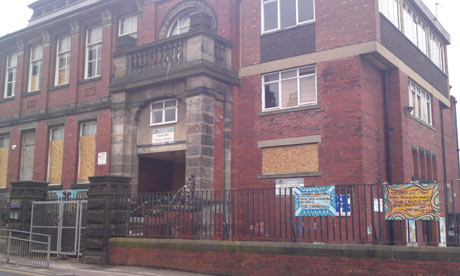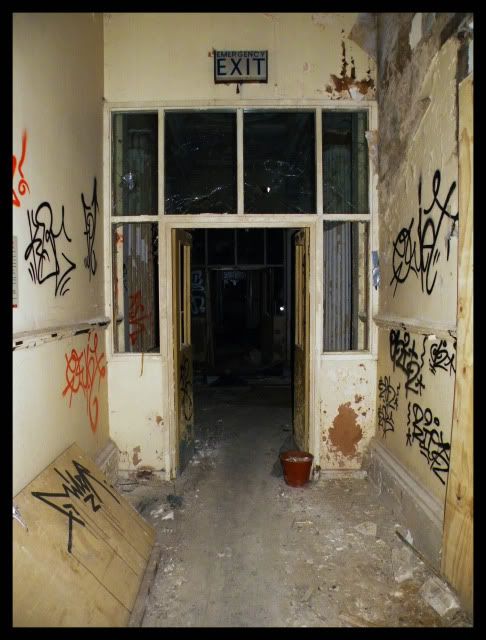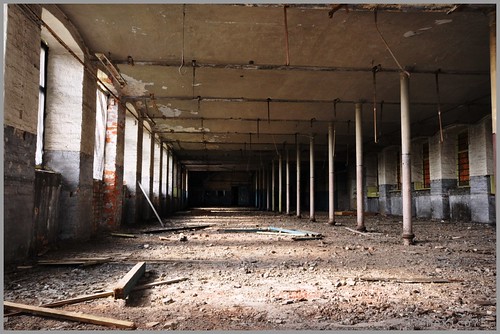The Loch Ness Monster
For years the 'Surgeons Photo' (below) was one of the most iconic photos of evidence for the existence of this mysterious, unidentified creature, which apparently lived in the largest fresh water lake in Great Britain.
First offically sited in 1933, rumors of a huge animal living in the loch have existed for centuries, and this was one of the first apparently genuine photographs to have been taken of the creature. Since that time the real-or-not moster has been a major tourism boom for Loch Ness and Inverness, and is questionable that rumours that this moster still exists is spurred on by the local who have benefitted from this contunious interest of the creature. The mystery of the creature get more interesting, by the heart-felt belief of many thousands of people, even after no evidence from BBC scientists was found, who scoured the lake in 2003 using 600 seperate sonar beams and satelite navigation with no outcome of such moster ever existing.
Another example of the Loch Ness Monster is this photo taken by former Army captain Frank Searle, whoc searched the lake during the early 1970s. Though he took a number of photos during this search, many of which were published by the media, all have been dismissed by experts as fakes. However at the time of publication, Searle caused great excitement amoungst the general public, which proves that evidence that any mystical creature exists, however unbelievable or scientifically impossible, still has an effect on those who want themselves to believe.
This 1977 attempt to prove the moster's existence proved to be a fake, and Anthony Shiels, who claimed to capture the picture whilst sightseeing besides Urquhart Castle, was dubbed the 'Loch Ness Muppet'
In 2007, 55 year old English lab technician Gordon Holems claimed to have captured the most compelling evidence for the existence of the Loch Ness monster in history. However many belivev this to be a photograph of an otter or similiar water animal, which can look bigger due to the loss of perspective in the water.
In 2009 a Google Earth image shows a large object swimming in the middle of Loch. However on closer inspection is seems to look more like a small boat, rather than this mystical monster.
We found all these photographs held a similiar quality to our pinhole photographs, as they are all quite blurry and out of prespective. This is an interesting aspect to keep in mind whilst adressing the issue of 'unsolved mysteries', as it makes one question if it is just a coincidence that they have not been sighted on the advanced technology of SLR cameras and video recorders.


















 There is evidence that both human and animal residence, and this is an area which would be very interesting to research into, as it is hard to imagine the circumstances the people were in, to actually stay here, even for one night.
There is evidence that both human and animal residence, and this is an area which would be very interesting to research into, as it is hard to imagine the circumstances the people were in, to actually stay here, even for one night. 
 However the actual frame looks impressively solid considering the length of its abandonment, which makes one wonder why it has not been used since then.
However the actual frame looks impressively solid considering the length of its abandonment, which makes one wonder why it has not been used since then. These old employee time cards are especially interesing, as though the date of them is unreadable, it is obvious they date back to the the time the building was last occupated (1970s)
These old employee time cards are especially interesing, as though the date of them is unreadable, it is obvious they date back to the the time the building was last occupated (1970s)